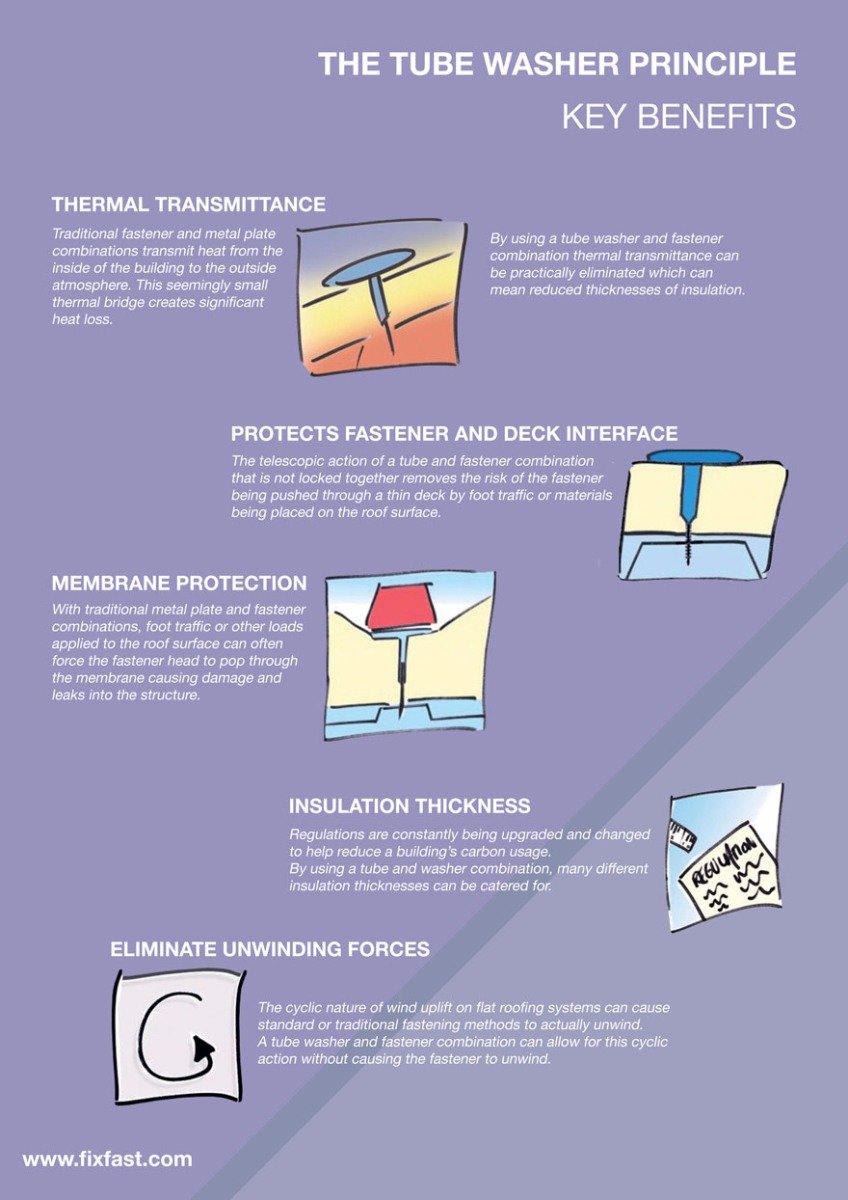Find Out How Different Weather Conditions Influence Your Roof Covering Installation And Make Sure A Job Well Done
Find Out How Different Weather Conditions Influence Your Roof Covering Installation And Make Sure A Job Well Done
Blog Article
Staff Writer-Bennett Timm
When it involves roof covering setups, the weather condition can make or break the job. Picture the disappointment of dealing with products that won't coordinate because of severe warm or fighting slippery surfaces brought on by unexpected rain. Understanding the effect of climate condition on your roof task is vital for a successful outcome. So, allow's discover how various weather elements can affect the high quality and toughness of your roofing system installment, ensuring a work well done.
Impact of Temperature Level on Roof Covering Installment
When it concerns roofing installment, temperature plays a vital function in the process. The ideal temperature for roofing jobs generally drops in between 45 and 85 levels Fahrenheit. Severe warm can cause materials like tiles to end up being as well flexible, resulting in possible damages throughout installation. On the other hand, cool temperatures can make products brittle and prone to breaking. It is necessary to set up roof covering setups during moderate temperature levels to make sure the most effective result.
Throughout cooler weather condition, professionals may require to take extra safety measures such as using warmed tools or enabling materials to warm up before installation.
In contrast, heat might call for job to be done previously or later in the day to avoid the peak temperatures. By taking into consideration the temperature level and its impacts on roof products, you can aid make sure a successful installation that will hold up against the elements for several years ahead.
Effect of Rainfall on Roof Covering Projects
Roofing tasks can be considerably influenced by precipitation, influencing both the timeline and the top quality of the installment. Rain or snow can develop slippery conditions, making it unsafe for roofers to deal with a damp surface. Furthermore, https://www.architectureanddesign.com.au/features/list/top-6-roof-shingles-asphalt-timber-more can compromise the attachment of products like shingles or underlayment, bring about possible leaks or damages in the future.
If it rains throughout a roof covering task, the water can permeate right into susceptible locations, creating delays as the setup team should wait on the roofing system to dry before proceeding. Extreme dampness can also advertise the growth of mold and mildew and mildew, additional endangering the honesty of the roof.
To stay https://arthurhgdyv.webdesign96.com/32955822/the-financial-aspects-of-roof-vital-knowledge-for-property-owners of these issues, it's suggested to schedule roof covering projects throughout drier seasons or monitor the weather prediction very closely to plan about any prospective rainstorms. By taking preventative measures to work in desirable weather, you can guarantee a smoother and much more successful roof covering installment procedure.
Influence of Wind Rate on Setup Success
Throughout roof covering installment, the rate of the wind plays an essential function in determining the success of the project. High wind rates can pose significant challenges to roofers, potentially resulting in safety and security risks and quality problems. When wind speeds go beyond advised restrictions, it becomes challenging to handle products, boosting the threat of accidents and damages to the roofing materials. Solid gusts can additionally affect the accuracy of measurements and the precision needed for proper installment.
To ensure a successful roofing system setup, it's necessary to keep track of and take into consideration wind speeds. Ideally, roofing installment must take place on days with low to moderate wind speeds. This not only boosts the safety and security of the workers yet additionally boosts the total quality of the setup.
Roofing projects scheduled throughout tranquil weather are more likely to be completed efficiently and with less mistakes. By taking note of wind rate projections and preparing appropriately, you can aid guarantee a smooth and effective roofing installation process.
Conclusion
So, when it comes to roof covering installment, keep in mind to think about the weather conditions to make sure an effective task. Optimum temperatures, dry problems, and moderate wind speeds are key aspects to prioritize for a smooth installation procedure. By arranging your job during the most effective periods and optimal weather conditions, you can achieve a durable and resilient roof that will safeguard your home for many years ahead.
